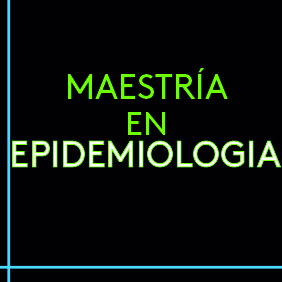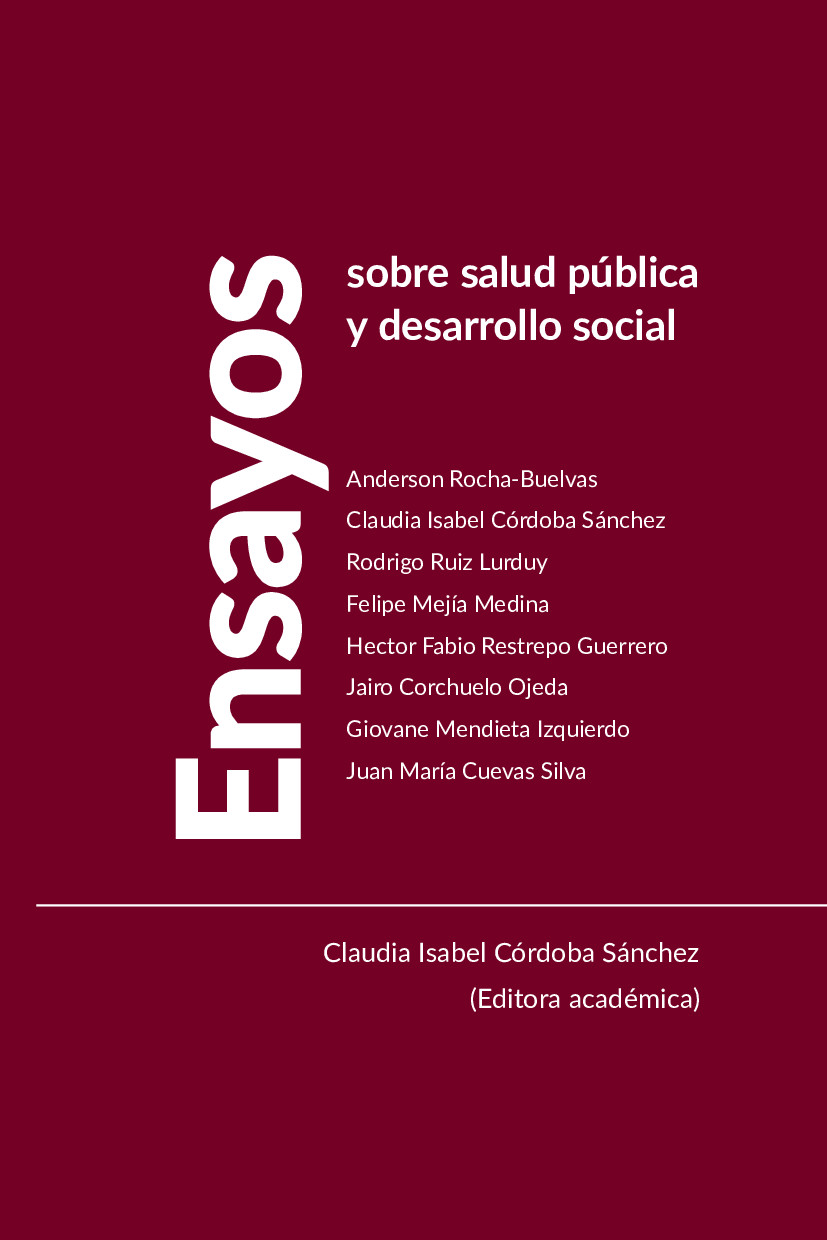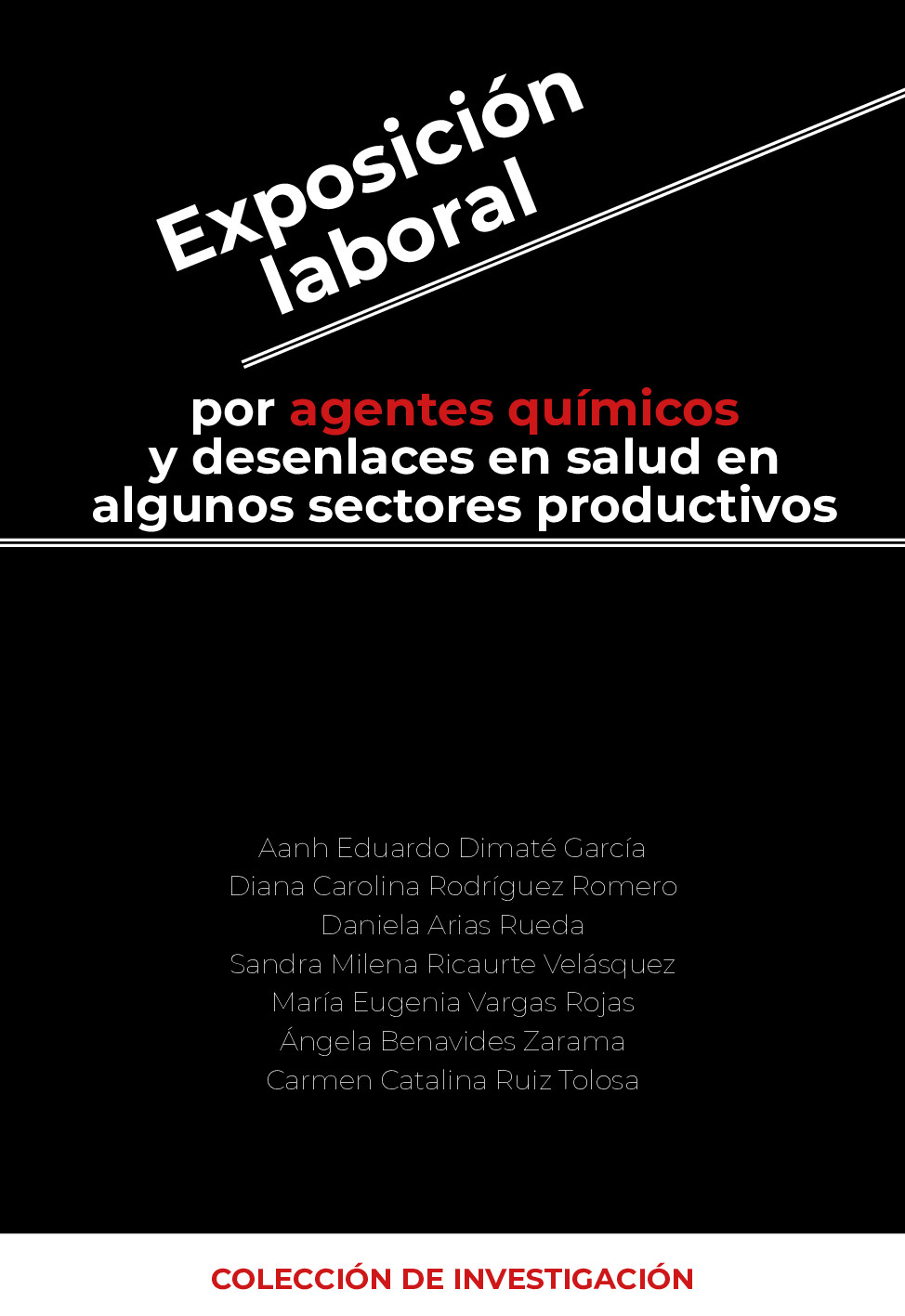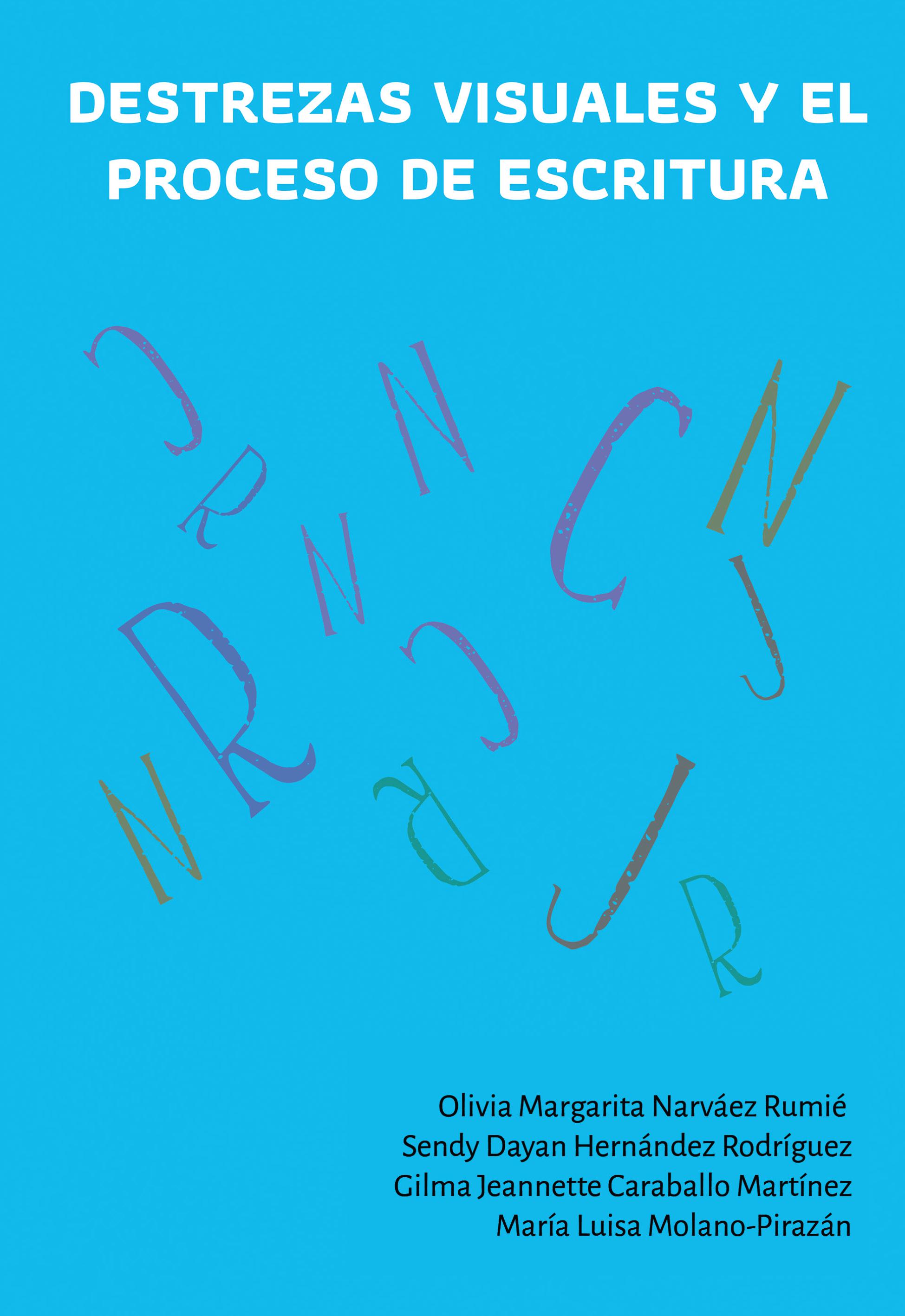Resumen
Introducción: La seguridad alimentaria en el departamentodeRisaralda, es una política que se trabaja mediante la creación de redes que fortalezcan, entre otros, el sector industrial de alimentos. Como propuesta de los entes académicos se realizó entre el 2004 y 2006 el proyecto “Desarrollo de un Polo Apícola en el departamento deRisaralda”, que contó con aportes del Estado y de organismos privados. Su objetivo central fue fortalecer la Asociación Risaraldense de Apicultura (ARA), cuya característica era la producción a pequeña escala y principalmente por pequeños propietarios de tierras. Métodos: Se realizó una intervención productiva y educativa con participación deapicultores organizados en la Asociación. Los archivos de la Asociación sirvieron como fuente de información y su análisis fue cualitativo.Resultados: La Asociación se fortaleció por el desarrollo tecnológico que redundó en una mayor productividad, en el conocimiento físico químico de los subproductos y la vinculación de asociados. Conclusiones: Uno de los grandes motivadores para la organización fue la visión económica y respaldo técnico científico por parte de las instituciones de educación superior para el desarrollo de confianza en la producción apícola; las reuniones de evaluación y definición de intervenciones con la participación intersectorial; el reconocimiento de logros y motivación del trabajo en equipo y la gestión institucional en investigación.
Abstract
Introduction: Food security in the department of Risaralda is a policy handled through the creation of networks that strengthen the food industry and other sectors. Based on a proposal from academic sources, the project “Development of a Beekeeping Center in the Department of Risaralda” was undertaken between 2004 and 2006 with contributions from the state and private organizations. Its primarygoal was to strengthen the Association of Risaralda of Apiculture (ARA), which was characterized by small-scale production mainly by small landowners. Methodology: The proposed objectives included the following: improvement of production, beginning with the strengthening of the ARA; a diagnostic of the genetic and technical state of the apiaries; the development of a program of genetic improvement through the insertion of new queen bees in less productive apiaries;knowledge of the physic-chemical, microbiological, and nutritional properties of honey; and the evaluation of sanitation conditions. Results: The beekeepers managed to improve the quality and diversity of the derivatives of the beehives through their experience generated through research which increased their qualifications and motivation to improve their labor as producers. From this process there has developed an on-going systemization of experiences which gathers the knowledge derived from the implemented methodology so that the ARA has been strengthened as an organization. Conclusions: One of the great motivators for the organization was the economic vision and the technical scientific backing from institutions of higher education for the development of confidence in beekeeping production as well as the recognition of achievements, the meetings to conduct evaluation, and the definition of involvement of different associations, the motivation provided by teamwork, and theInstitutional participation in research.
Key words: Organizational affiliation, Organizational Innovation, Production of products, Health Food
Licencia
Los autores deben declarar la no existencia de conflictos de intereses ya sea por motivos de financiación del proyecto del cual es resultado el artículo; así como por motivos intelectuales, académicos, morales e investigativos.
La Revista de Investigaciones Andina se acoge a las normas éticas para publicaciones dadas por el COPE: http://publicationethics.org/resources/code-conduct

 PDF
PDF
 FLIP
FLIP




















